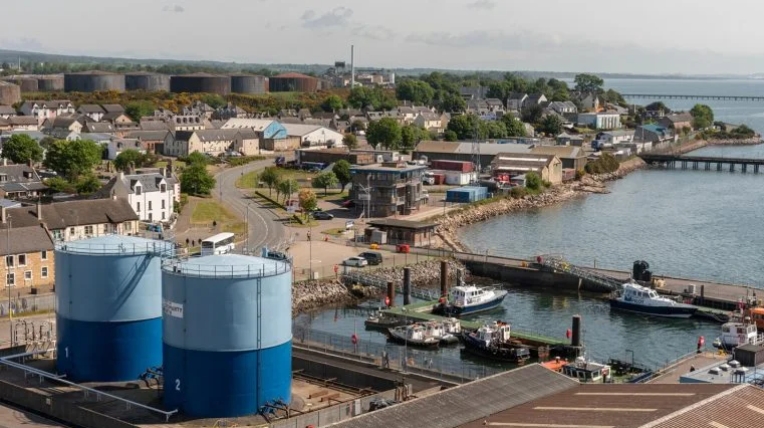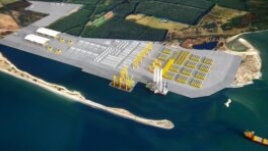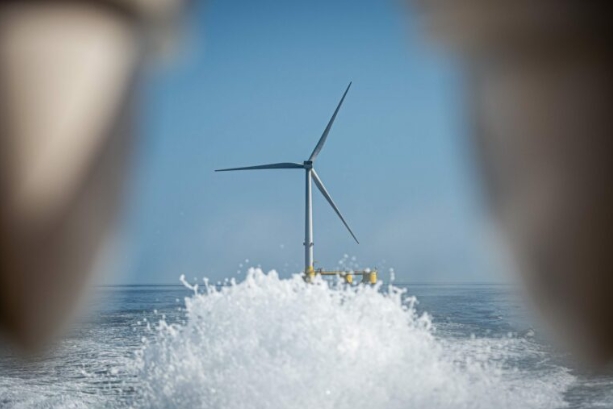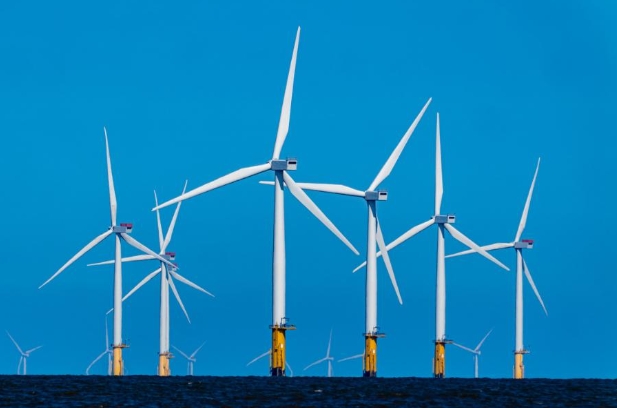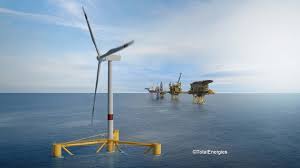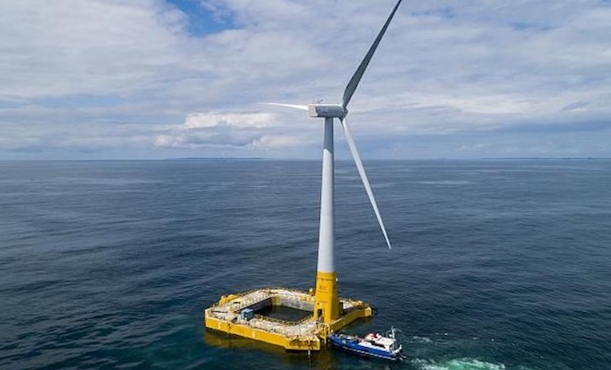
Research from the Crown Estate estimates that constructing these projects could generate up to 5,000 jobs and add £1.4 billion to the UK economy. In ITT1, bidders proposed seven ports, with Port Talbot and the Port of Bristol showing strong potential to support the Round 5 projects. These three sites mark the initial commercial phase in the Celtic Sea, where the Crown Estate has identified space for an additional 12 gigawatts of capacity, with 4 to 10 gigawatts possibly leased by decade’s end.
Energy Secretary Ed Miliband stated: “The UK is a world leader when it comes to floating offshore wind, and by unlocking the untapped potential of the Celtic Sea we will reap the benefits of economic growth and thousands of jobs in Wales and the South West. More floating turbines in our waters means more clean, homegrown power that we control, delivering energy security for families and businesses.” The initiative aims to bolster renewable energy and regional development.
Crown Estate Marine MD Gus Jaspert said: “Developing this new technology in the Celtic Sea will open up transformational opportunities for new jobs, investment and growth across Wales, South West England and beyond. We look forward to continuing our work with governments and the industry to secure the investment and commitment needed as we move forward, for the benefit of coastal communities and the UK as a whole.” The project reflects a commitment to sustainable growth.
RenewableUK Deputy CEO Jane Cooper added: “We welcome this step forward toward the crucial final stages of this landmark leasing round which will kickstart the industrial development of floating wind projects and supply chains at scale in the UK.” The next phase will finalize the allocation, setting the stage for significant advancements in the UK’s renewable energy sector.

